United States President Donald Trump’s formulation of a US-China G2 duopoly is flawed. The Indian media misses the point. One commentator rued: “The geopolitical sweet spot India found itself in over the last decade-and-a-half has ended.”
It hasn’t. The opportunity of creating a more sustainable geopolitical sweet spot for India has just got bigger.
Indian policymakers and analysts are easily swayed by the optics around the US-China G2 duopoly. A closer look reveals how tenuous the G2 formulation is.
Consider China’s economy first. Domestic consumer demand has all but collapsed. Ghost towns with empty buildings reveal the extent of the property crisis that has halved the wealth of most Chinese.
In China, the real estate sector once contributed over 32 per cent to the country’s GDP. That has plunged, lowering future GDP growth.
The collapse in consumer demand has led to two sub-crises: one, over-supply of manufactured goods, forcing the government to dump them in overseas markets at rock-bottom prices; two, chronic deflation with the annual consumer price index falling below one per cent.
The deflationary cycle is eerily similar to what Japan endured in the early 1990s. Japan was then the world’s second largest economy after the US. Japan’s GDP in 1990 was $3.19 trillion; US GDP in 1990 was $5.96 trillion. The GDP gap between the US and Japan mirrors the GDP gap today between the US and China.
Impact Shorts
More ShortsAfter 1990, Japan’s GDP crawled for the next 35 years to $4.19 trillion at an annual average growth rate of 0.75 per cent.
The other similarity between China and Japan is demographic. In 1990, Japan began ageing. Its median age then was 37 years. In 2025, Japan’s median age is 50, the world’s oldest.
China’s median age in 1990 was 24. In 2025 it is over 40 and projected to be 50 in 2040.
The “Japanification” of China is not restricted to an ageing population which lowers productivity and, in turn, lowers GDP growth.
Like Japan, China’s population is shrinking. Japan’s population peaked at 128.1 million in 2010. It has shrunk to 123.3 million in 2025. The country is currently losing 9,00,000 people on a net basis every year.
China’s population decline has just begun. Pew Research Centre in a report published on July 9, 2025 cited United Nations projections that China’s population is estimated to more than halve from 1.41 billion in 2025 to 633 million in 2100.
The report shocked Chinese policymakers. They face the economic and social problems created by both an ageing population and a rapidly shrinking population. The combination could be devastating.
The same UN report cited by Pew Research Centre projects India’s population to peak at 1.71 billion in 2061 before plateauing at 1.5 billion in 2100 – more than double China’s population that year.
The other part of the G2 duopoly – the United States – faces an equally grim future. Legal immigration will continue to expand America’s population from 340 million today to 438 million, according to Pew Research Centre. By then India’s population of 1.7 billion would equal the combined population of the US and China. Crucially, India’s median age would be far younger than either.
Just as China faces a version of Japanification, the US confronts a Brazil-like future: multiracial. The Portuguese colonised Brazil. It is the only country in South America where Portuguese and not Spanish is the national language.
Brazil is remarkably integrated. The slaves Portugal shipped from Africa have created, along with the white colonial Portuguese, a country without the racial fracture in the US between whites and blacks — a fracture that the racist policies of President Trump have accentuated.
The US economy, despite the damage Trump’s tariff policy has done to it, remains resilient. But social divisions between racial groups have deepened.
America has always been a racist society. The Declaration of Independence in 1776 by Founding Father Thomas Jefferson famously said: “All men are created equal.” But Jefferson himself owned 600 African slaves who had been forcibly brought from Africa to America by British shippers.
In an essay to mark the 250th year of US independence on July 4, 2026, Michael Kranish, author of Flight from Monticello: Thomas Jefferson at War, wrote in The Washington Post on November 2, 2025:
“The contradiction between Jefferson’s slave-holding and his phrase that ‘all men are created equal’ is well-known. Yet, to this day, the contradiction still is not addressed at the Jefferson Memorial. It is that omission — symbolising the difficulty of coming to terms with the paradox of the nation’s founding — that spurred my investigative project. The result is a series of revelations, including how a group of men led by Jefferson’s great-great-grandson secretly and selectively edited the founder’s words to present Jefferson as an abolitionist, without mentioning his enslavement of more than 600 Black people. The documentation of these actions were found in little-known confidential meeting minutes stored in personal archives of those involved in the decision.”
A G2 between the US and China is fraught not only because of the deep differences between a freewheeling capitalist ex-colonial nation and a Communist dictatorship. It is fraught because China is a declining power — a fact masked by its technological supremacy.
It is also fraught because the other half of the G2 is the leader of Western civilisation in terminal decline.
Meanwhile India, the world’s fastest growing large economy, remains mired in poverty, corruption and crumbling civic infrastructure. Despite this, by 2050 it will be a leading part of the new G3.
Foreign investors know this and are flocking to what is today the world’s second largest consumer market; as China shrinks, it will be the world’s largest.
Western media commentators and their compromised Indian counterparts are mortified at India’s rise despite all its visible infirmities. To them the G2 is the permanent order of the way things should be. The prospect of a likely future G3 unnerves them to the point of imagining that India is losing its geopolitical sweet spot when the truth is the exact opposite.
(The writer is an editor, author and publisher. Views expressed in the above piece are personal and solely those of the author. They do not necessarily reflect Firstpost’s views.)


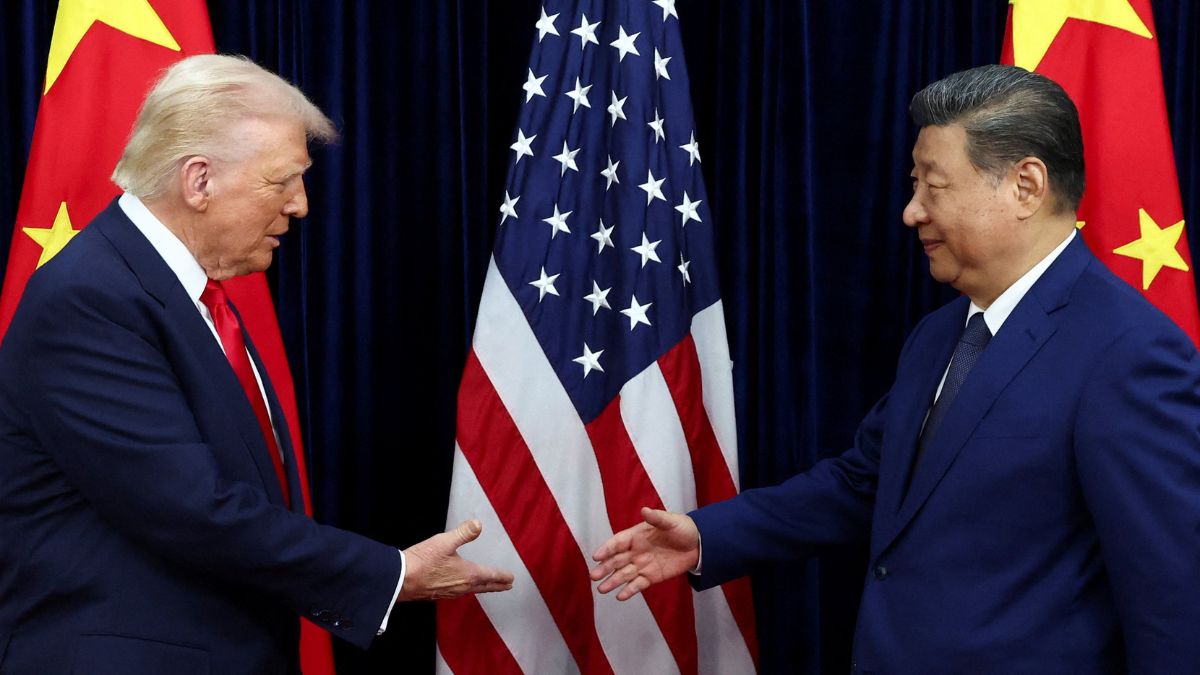)
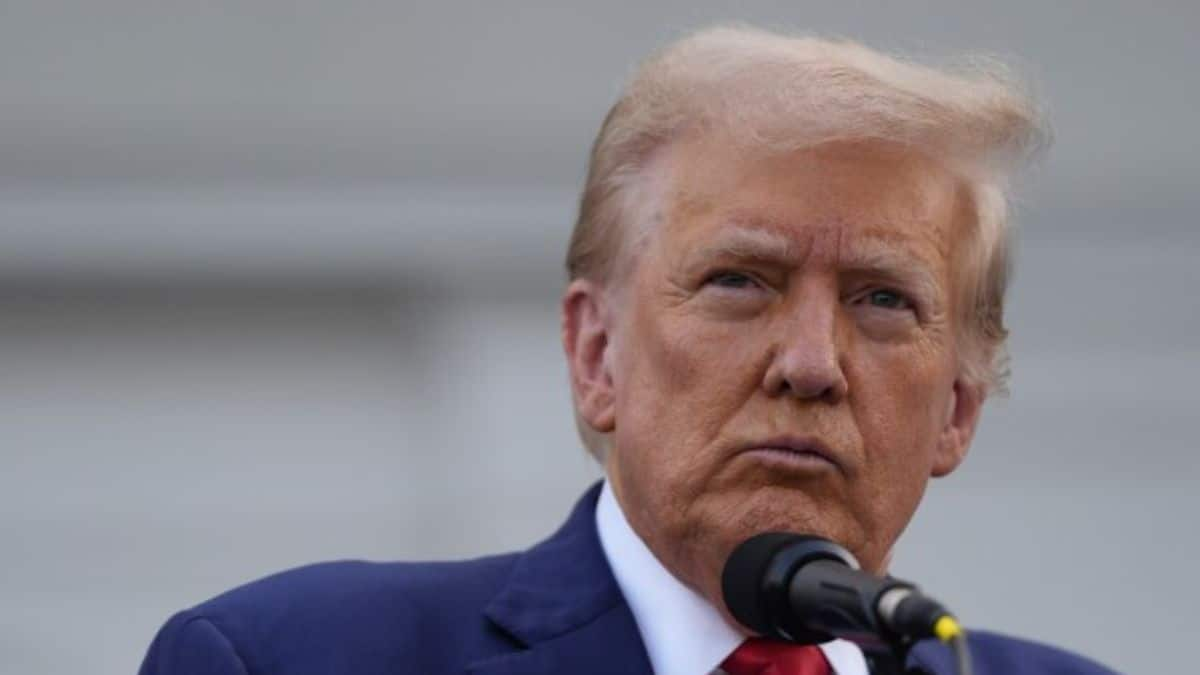
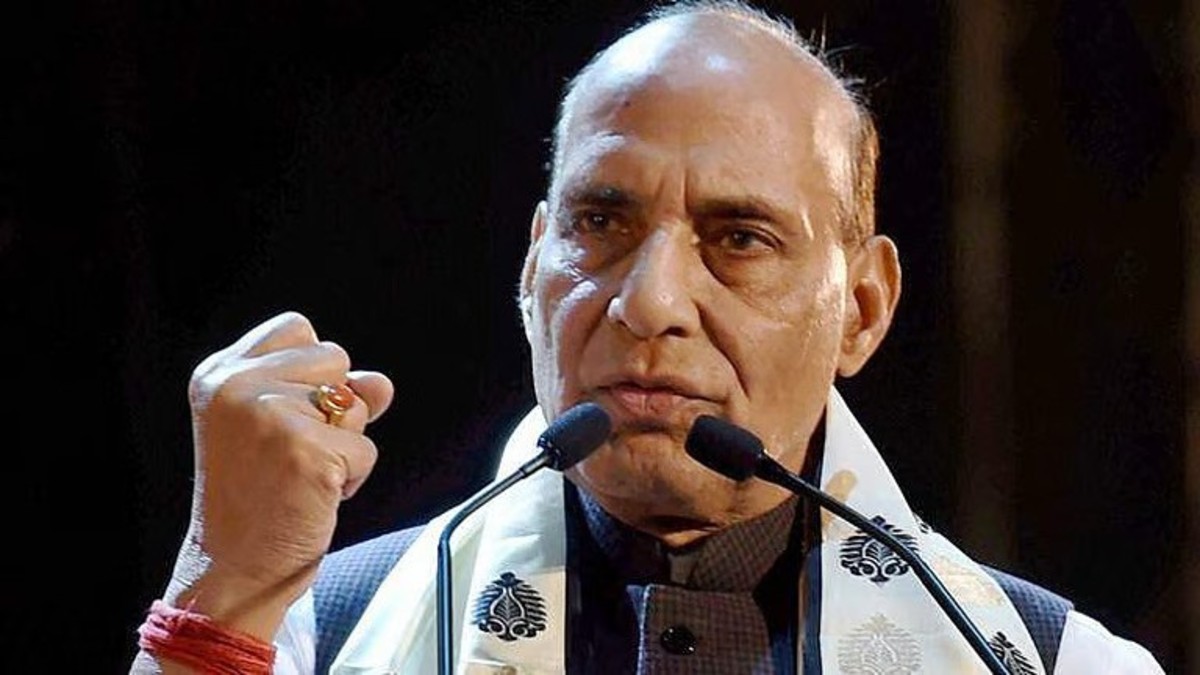)
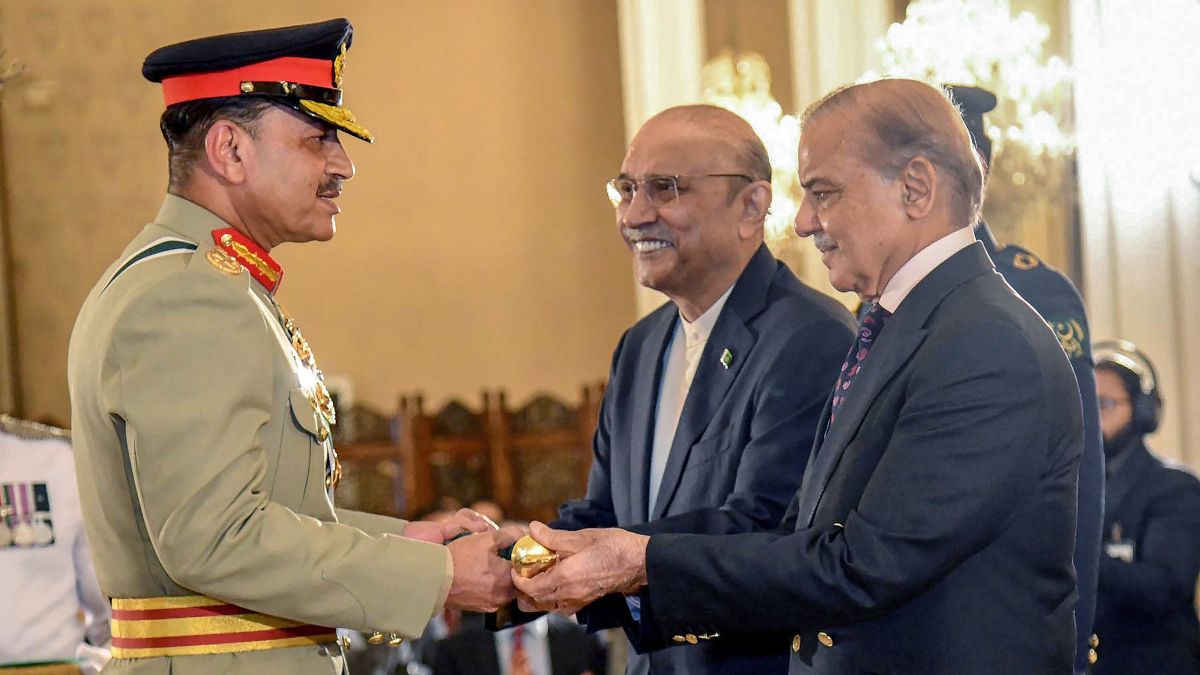)
)
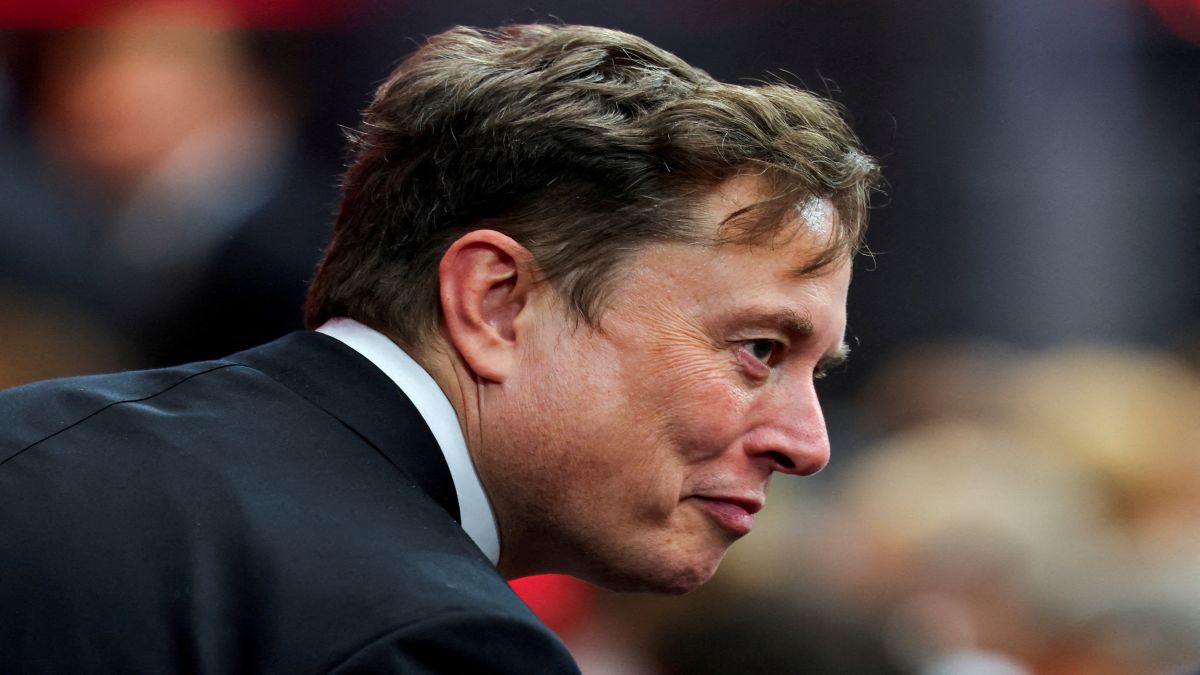)
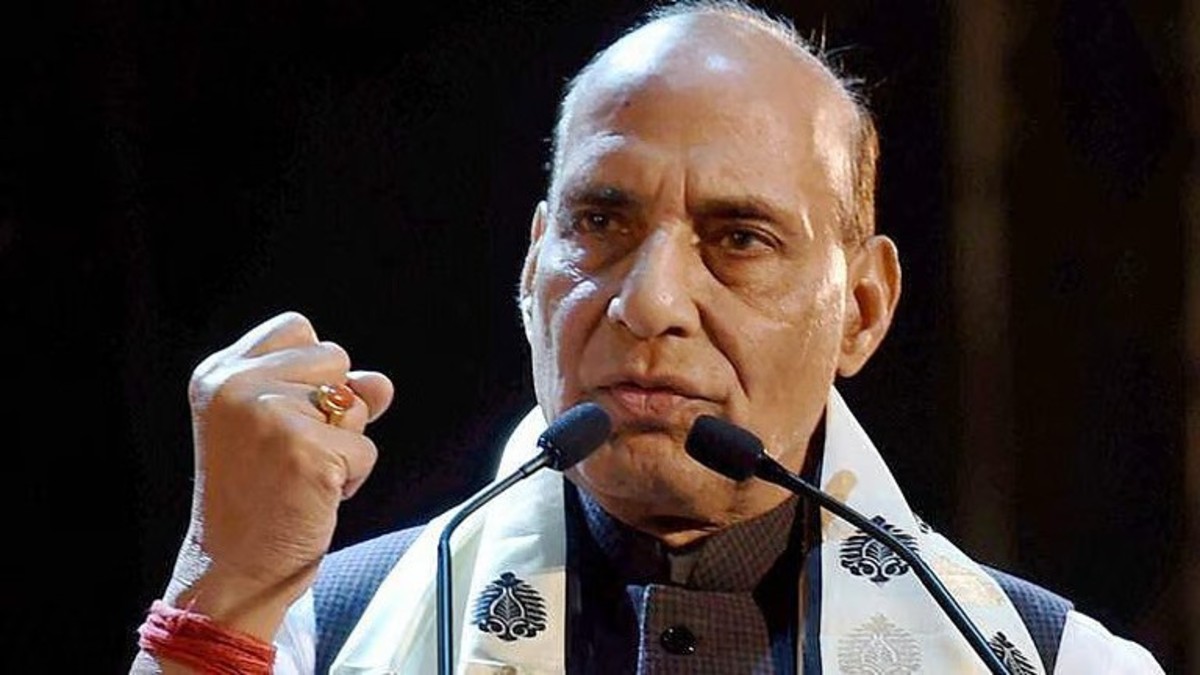)
)
)
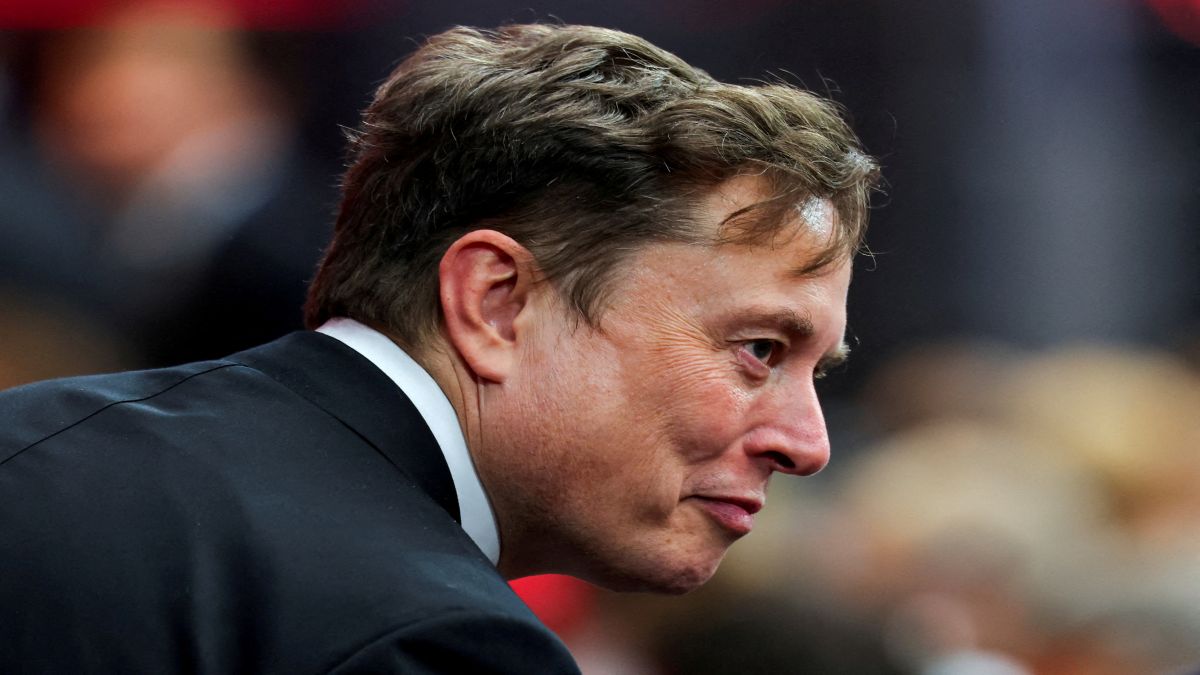)



